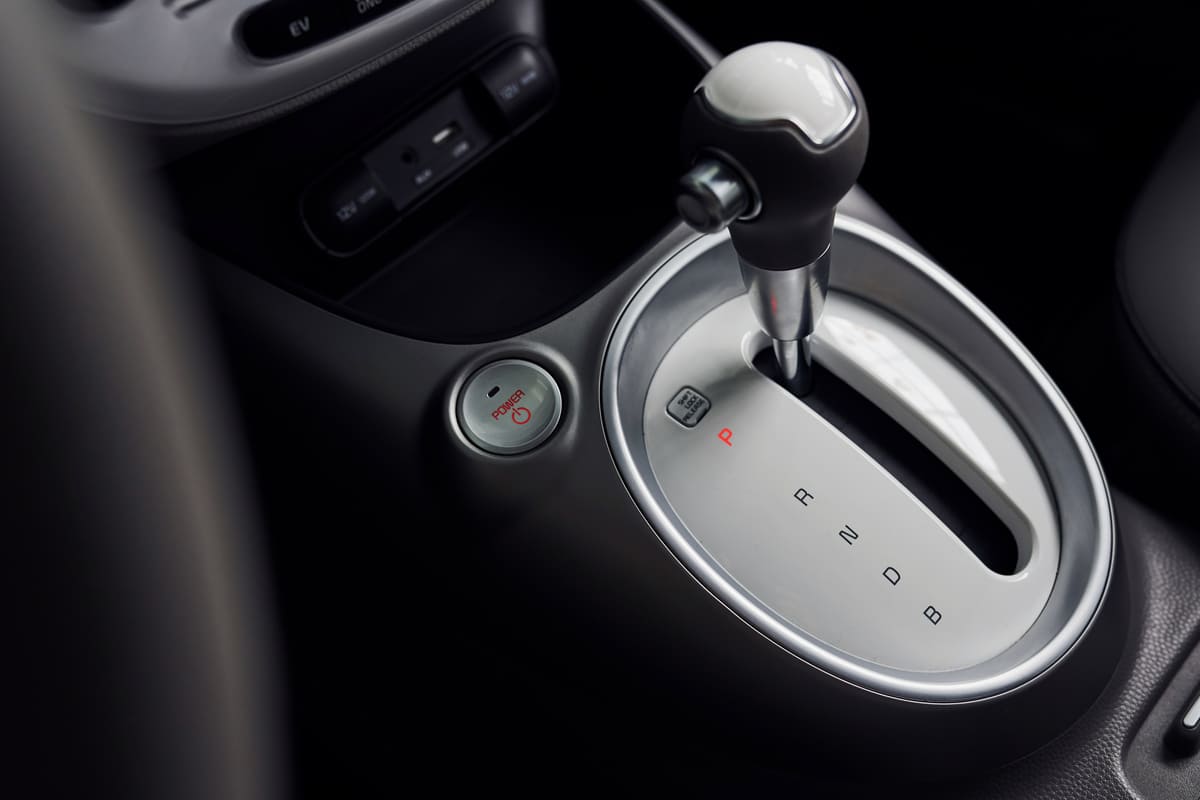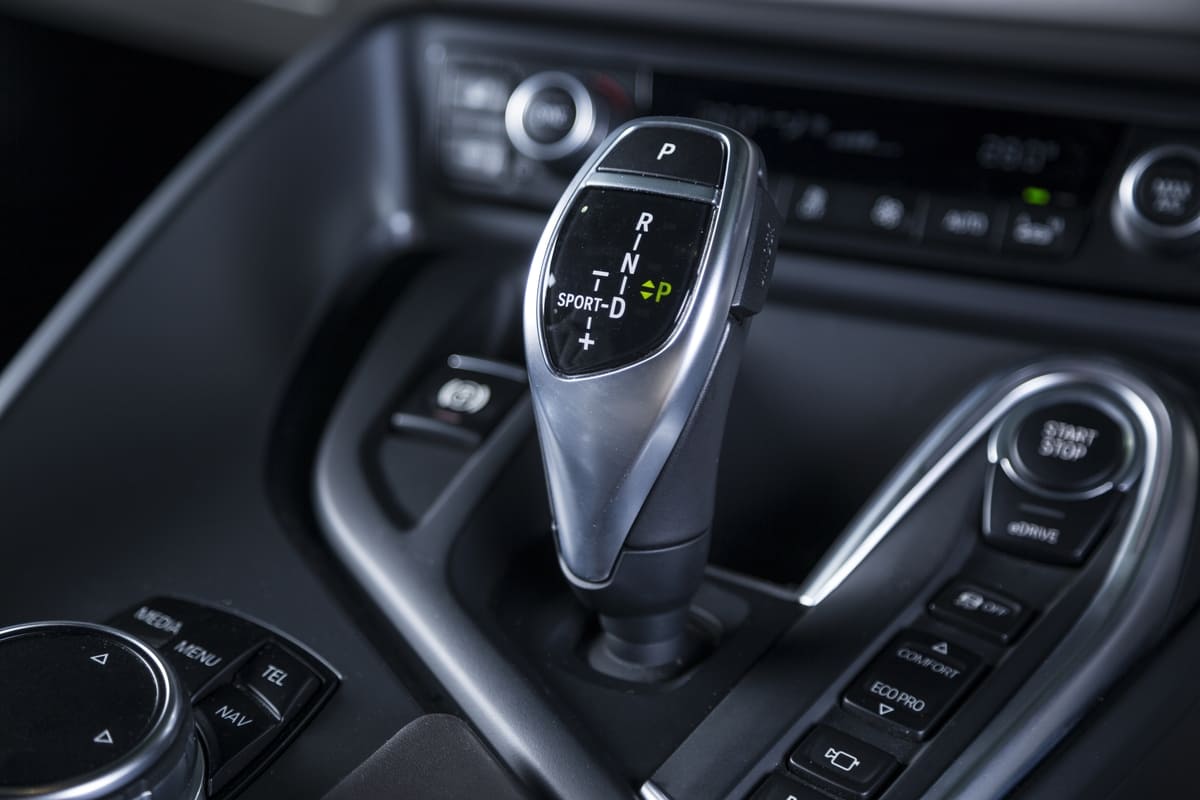An automatic transmission simplifies driving by choosing the right gear ratio, so you can focus on steering and speed. This technology has intricate systems to make smooth gear changes, for everyday and long-distance driving.
What is an automatic transmission system?
An automatic is also known as an auto gear shift or self-shifting transmission. It’s a system that makes a motor vehicle change gears without you doing anything. The car does it itself.
It uses sensors and computers to decide when to shift gears. Makes driving smoother and easier.
There are many parts like gears, clutches, and bands that work together. These parts make the car go faster or slower.
The system also uses a special fluid. This fluid cools and lubricates the moving parts.
Automatic transmission comes in different types. Some common ones are traditional automatics, CVTs (continuously variable transmissions), and dual-clutch systems.
Each type works a bit differently but gives the same benefit. The main aim is to make driving less stressful and more fun.
Overall an automatic transmission system makes driving simpler by taking care of gear changes for you.
References
- Automatic transmission. Wikipedia. Retrieved from
- Transmission System in Automobile: Working. Testbook. Retrieved from
What are the Types of Automatic Transmission?
Automatics come in different types. Each type works differently but makes driving easier. Let’s see the main types.
Traditional Automatic Transmission
The traditional automatic transmission uses gears and a torque converter to change speeds. The car decides when to shift gears based on how fast you drive. This is common in many vehicles.
Continuously Variable Transmission (CVT)
A CVT doesn’t use fixed gears. It uses belts and pulleys to provide a smooth range of speed changes. This design gives better fuel efficiency and smooth acceleration without any gear shifts.
Dual-Clutch Transmission (DCT)
A DCT has two clutches, one for odd gears and one for even gears. This setup makes the car shift gears very fast. Drivers feel faster and smoother shifts compared to traditional automatic transmission.
Automated Manual Transmission (AMT)
An AMT combines features of manual and automatic transmissions. It uses sensors and actuators to control the and gear shifts. This type gives a balance between fuel efficiency and ease of use
Tiptronic Transmission
A Tiptronic transmission gives drivers more control as drivers can switch between the two transmission modes according to their preference. They can manually select gears using the or paddles on the steering wheel. But it works like a regular automatic when not in manual mode.
Each type of automatic transmission has its own features. They all make driving simpler and more comfortable.
References
- Types of Automatic Transmission. Spinny. Retrieved from
- All You Need to Know About the Automatic Transmission. Economic Times. Retrieved from
- Explained: Types of Automatic Transmissions Available in India and How They Function. Car and Bike. Retrieved from

How does an Auto Gear Shift work?
An auto gear shift makes the car shift gears itself. Let’s see how it works step by step.
Step 1: Sensors Collect
The car has sensors that monitor your speed, load, and throttle position. These sensors send data to the car’s computer.
Step 2: Computer Analyzes
The car’s computer, also called the Transmission Control Unit (TCU), analyzes the data from the sensors. It decides when to shift gears based on that.
Step 3: Sending Signals
Once the TCU decides to shift gears, it sends signals to the hydraulic system. The signals tells the system which gear to select.
Step 4: Hydraulic System Activates
The hydraulic system uses pressurized fluid to move gears, clutches, and bands. This action changes the gear ratio and makes the car accelerate or decelerate smoothly.
Step 5: Torque Converter
Most automatic cars use a torque converter instead of a clutch. The torque converter connects the engine to the transmission and helps in power transfer. It also allows the car to stop without stalling.
Step 6: Gear Shifts
Finally the gears inside the transmission shift to the new gear. This happens very fast and makes the ride smooth for the driver.
Step 7: Continuous Adjustment
The system keeps adjusting as you drive. It keeps collecting data, analyzing it and shifting gears as needed.
By following these steps an auto gear shift system makes the driving experience seamless. You don’t have to worry about shifting gears; the car does it all for you.
References
- How Automatic Transmissions Work. HowStuffWorks. Retrieved from
- How Does an Automatic Transmission Work?. Car and Driver. Retrieved from
What are the Advantages & Disadvantages of an Automatic Transmission?
Auto gear shift makes the gear changes for you, making driving easier and more convenient. It has many benefits, especially for new drivers or those who want a simpler driving experience. But it also has some drawbacks that might affect your decision. Let’s see the main advantages and disadvantages of auto gear shift.
Here are the Advantages:
- Easy to Use
- Less Driver Fatigue
- Smooth Gear Changes
- Better for Beginners
Below are the Disadvantages:
- Higher Cost
- Less Fuel Efficiency
- Complexity
- Limited Control
References
- The Pros and Cons of Automatic Transmissions. Steve’s Imports. Retrieved from
- Manual vs Automatic Transmission: Pros & Cons. Car and Bike. Retrieved from https://www.carandbike.com/news/manual-vs-automatic-transmission-pros-cons-3201635


